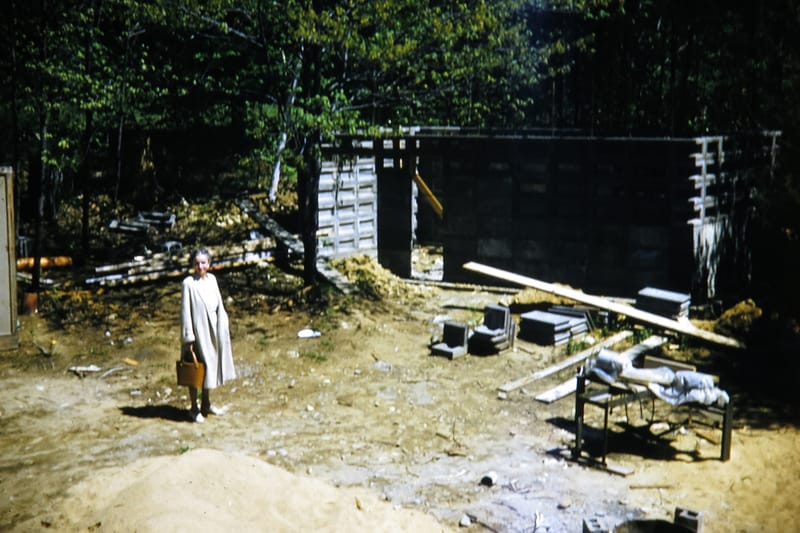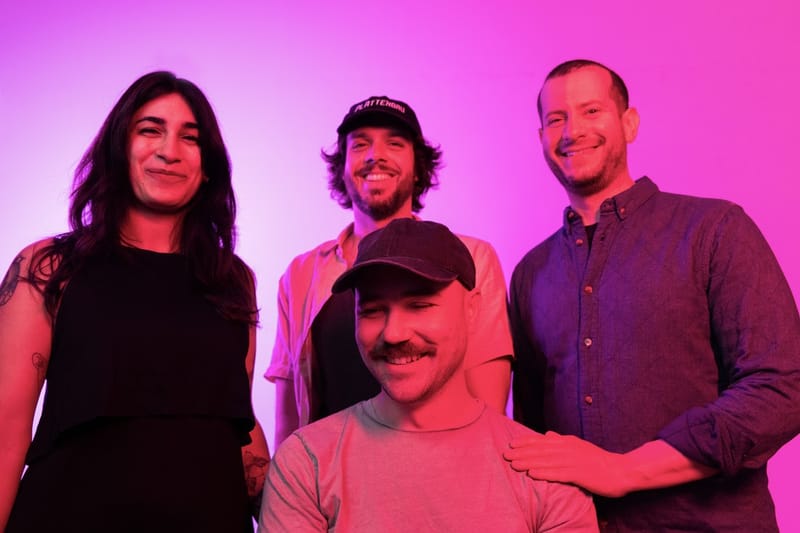Overtures in concert at Symphony NH: A review
What makes this performance so special is because it consisted of only overtures from various points in time and with various different moods. The performance was spectacular, with impressive instrumental work from the orchestra, and beautiful conducting from their conductor, Roger Kalia.
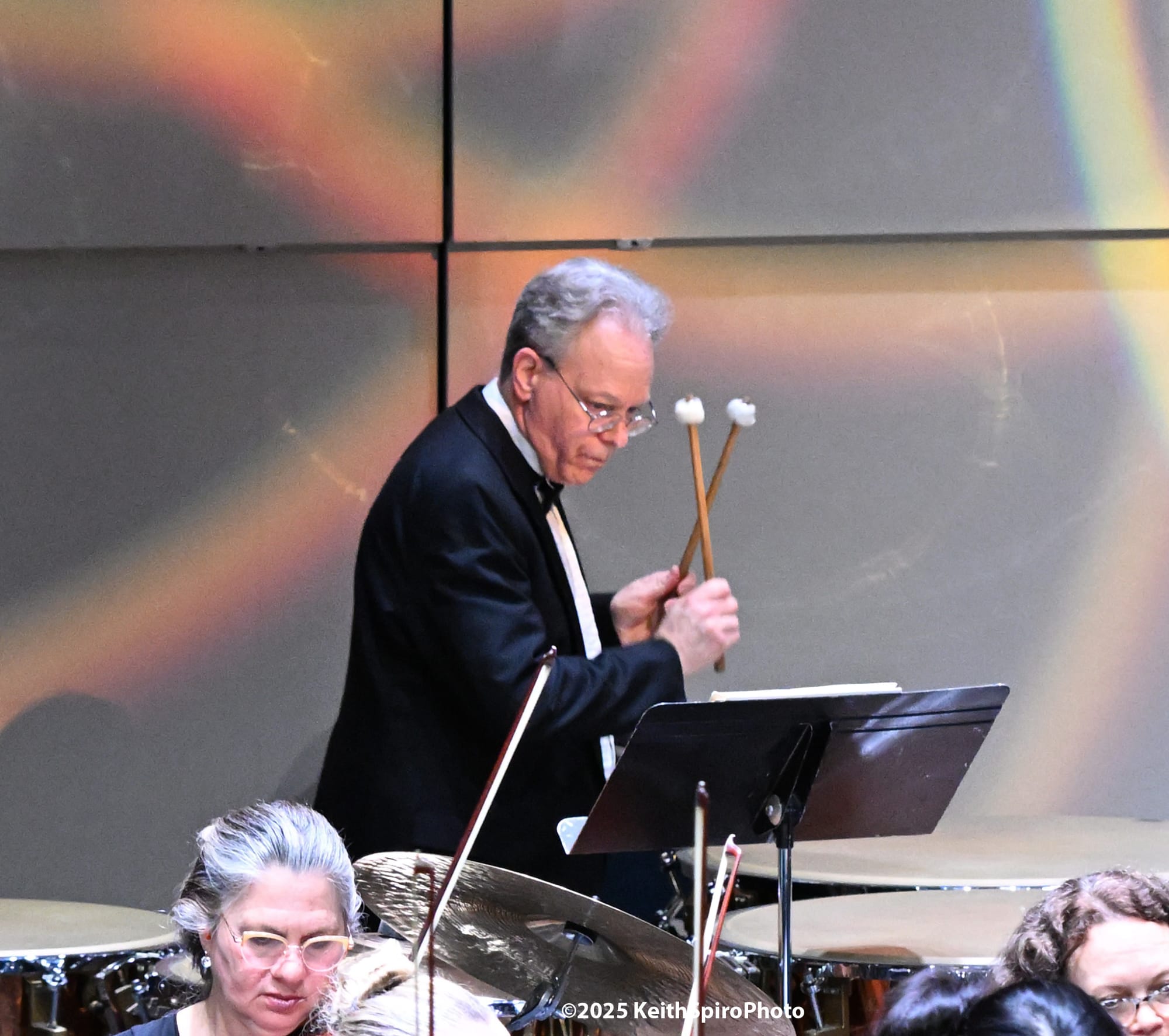

NASHUA, NH –It’s All Overtures was performed in Nashua on April 19, 2025.
On Saturday April 19th, Symphony NH and the Nashua Center for the Arts hosted a brilliant concert featuring nine different overtures.
This was a unique experience because typically in a concert the orchestra would perform a singular overture to start out the performance, followed by an arrangement possibly following the course of an opera.
Teamwork makes a difference
What makes this performance so special is because it consisted of only overtures from various points in time and with various different moods. The performance was spectacular, with impressive instrumental work from the orchestra, and beautiful conducting from their conductor, Roger Kalia.
CONDUCTOR KUDOS FROM A BAND MEMBER POV:
One thing I will take the time to acknowledge is the sheer beauty and talent that came from Kalia’s conducting. With every part of the music, whether it was loud or soft, energetic or lulling, he conducted with every inch of his body. As an instrumental band performer myself, it is such a blessing when a conductor directs the orchestra with the same energy and movement that the piece is giving off.
Full armed swings and whips of the head to convey the rapid paced energy, or slower and more smooth motions with the baton when it gets calm again. Not only is it great from an insider point of view, but also it’s entertaining for the audience to watch and embellish the musical sound being projected.
It is unfortunate that this was Kalia’s last performance in Nashua, with one last performance on May 10th in Concord at the Capitol Center for the Arts. To hear this news was so sad, because you could really tell that he had bonded with this orchestra. Building a connection between the conductor and the ensemble being conducted is a fair bit of making a good performance.
If the ensemble does not respect or enjoy their conductor, they are bound to do worse off in a performance because they will be enjoying it less. But anyone could tell that Symphony NH really loved their conductor, evident not only through their performance but their overall behavior towards him and the mutual friendly respect.
Performance
Overture to The Marriage of Figaro, Wolfgang Amadeus Mozart
The concert started out with a piece written by the widely known Wolfgang Amadeus Mozart, The Marriage of Figaro. What is not so widely known is that the entire opera that this overture was made for was written over the course of six weeks, and the overture was written in one day – two days before the opening of the show. This is insane, considering not only the length of the overture, but the talent that is needed to compose music as a whole – let alone in less than twenty-four hours.
The piece itself starts out with a big dramatic opening, moving along at a quick tempo that builds tension as it continues. It briefly slowed for a more peaceful interlude before quickly returning to the previous tempo and energy. Plastic mallets slammed into the timpani and low brass instruments such as the trombones and tuba accented certain parts of the melody, giving the composition a much more dramatic feeling. The whole piece was just truly amazing, and I really appreciated the layering of melodies/harmonies as well as the differentiation in styles throughout the piece.
Overture to West Side Story, Leonard Berstein, Arr. Maurice Peress
The second piece was the overture to West Side Story, by Leonard Bernstein. The piece offers a shortened version of the whole musical, featuring many melodies from the actual show. This particular arrangement was arranged by Bernstein’s protege and friend, Maurice Peress – who would go on to be the assistant conductor of the New York Philharmonic Orchestra.
The song offered a completely different feel than the previous overture, featuring a strong drum kit line on the off-beats and feeling almost like a march in the beginning. It then transitioned into a slower and more melodic part, before building up into a dramatic section and finally dropping to a slower, more melancholy part featuring an oboe solo.
This piece was a good representation of newer overtures, playing with a lighter and more fun energy than the previous overture. It also featured a lot of fun percussion segments, which was very entertaining to listen to.
Overture in C Major, Fanny Mendelssohn Hensel
“The violin bows danced across the strings with the quick melody, supported by a deep baseline and the upper woodwinds playing staccato beat notes.” – Morgan Losier
The concert continued with a lesser known piece by a composer who is just now getting more publicity. Fanny Mendelssohn Hendel’s Overture in C Major, one of her 450 works composed in her lifetime, starts slow with a horn and woodwind duet. It continues with a back-and-forth section between the strings and the flute/oboe.

The music was full of swells and dips in dynamics, making for a very dramatic section that mounts to a fuller and faster melody that included the whole orchestra. The violin bows danced across the strings with the quick melody, supported by a deep baseline and the upper woodwinds playing staccato beat notes. It gradually slowed down to a more melodic section, before quickly building to a big dramatic part – the violins quickly moving along and the timpani crescendo in a sustained roll, giving an air of distress within the piece.
The suspense breaks by transitioning into a horn and flute pass-off duet, meaning that the melody passed between the two sections almost like an echo or a conversation. This was emphasized by big dynamic changes, before changing to a flute and oboe interlude and followed by a section of the violins and flute echoing each other.
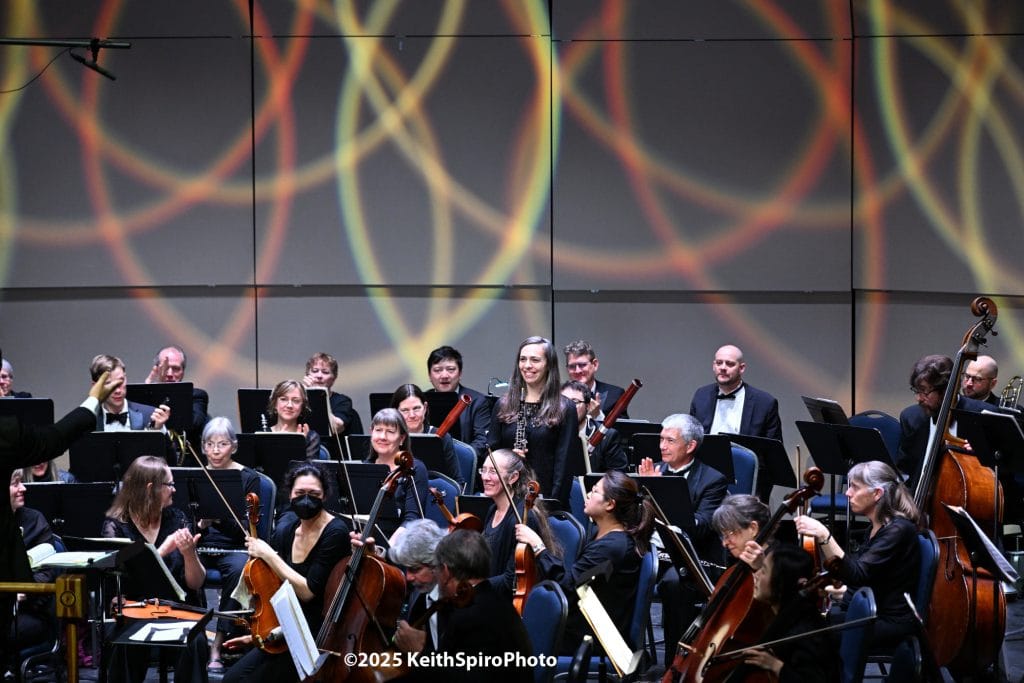
The whole piece wrapped up with a very slow conclusion that gradually sped up until they were cut off. The entire piece was very impressive, with the simplified sections of duets and echoing being particularly entertaining to listen to.
Academic Festival Overture, Johannes Brahms A GERMAN DRINKING SONG
The first half of the concert wrapped up with a piece by Johannes Brahms as a thank-you to his university for giving him an honorary doctorate. The piece was called the Academic Festival Overture, and it was based on many traditional German student drinking songs.
The piece starts off quiet and anticipatory, slowing down to a part that seems almost solemn. It quickly speeds up to a more uplifting section with the melody bouncing back-and-forth between the low-pitched and the high-pitched instruments. The song proceeds with a regal processional-like section featuring a brass solo and strong timpani roll in the background.
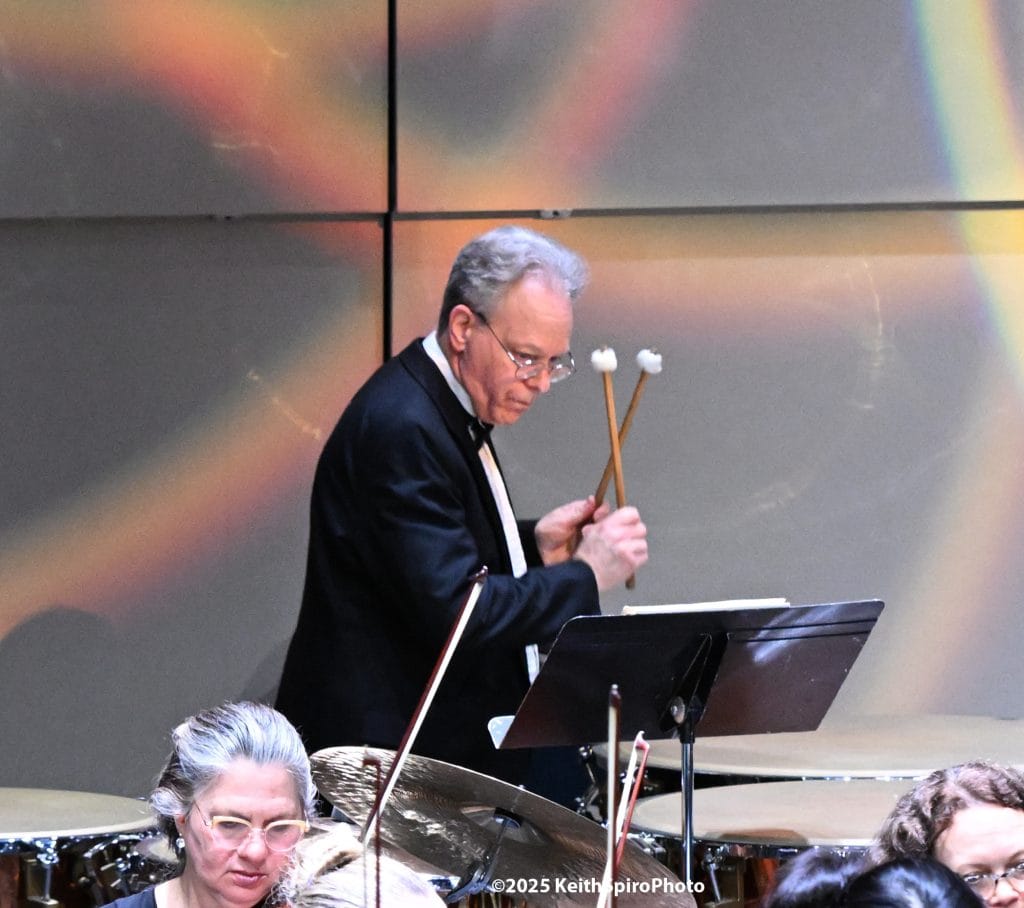
The tempo quickened and the dynamics grew before dropping down, only to build back up again. The notes stayed short and separated before smoothing out to a slower, more dramatic section. Low brass echoed the melody as the tension grew within the song, finally breaking with the loud crash of the cymbals and the distinct chime of the mallet percussion.
The piece eventually concluded with a brief interlude of a slower tempo before speeding up to an ending that sounded almost like a graduation ceremony. Between the processional opening and the graduation-like conclusion, the piece definitely conveyed the story of a student – however it does leave me to wonder what German drinking songs were like, since they apparently are very different from those found in the United States.
Overture to Treemonisha, Scott Joplin
After a quick intermission, the concert continued with an overture written by Scott Joplin, the overture to his only opera Treemonisha. Many people will recognize Joplin for his song “The Entertainer”, which there are still elements of in this overture by following a “circus music” theme, inspired by African-American music, jazz, blues, and ragtime.
The song opens with descending scale runs before building to a large dramatic theme with prominent snare drum lines. It suddenly slows down to a more waltz-like section with a harp feature, feeling almost like a lilting mourning melody. Eventually it speeds up to a faster, more energetic section with the snare line returning in full force. It once again slows down to feature an oboe solo before quickening again with increasing dramatics.
The quick chromatic runs used were very impressive, speaking from personal experience as one who struggles with chromatic runs at that speed. The song eventually slows down once again and concludes with an extended snare roll that quickens the tempo in a big chaotic ending that leaves the audience on edge for the lack of a conclusive note. The song was so fun to listen to, with all the energy that was channeled through the tune made it a really good opener for the second half of the concert.
FAVORITE PIECE Overture to William Tell, Gioachino Rossini
Up next was an overture that almost everyone would have heard once in their life, or at least in parts – whether they know it or not. Gioachino Rossini’s William Tell Overture was Rossini’s last opera ever written. It opens with a cello solo transitioning into a soli (one section playing, in this case, all the cellos playing) with heavy vibrato on the strings that made it sound extra nice. Intermittently the timpani would interrupt with low rolls, simulating distant thunder. Suddenly, the violins enter with quick, sharp notes that build not only to the tension but sound alike to bugs scared of the incoming storm.
The melody builds and quickens until it climaxes in a chaotic storm of sound, with the bass line carrying the melody throughout. Eventually the metaphorical storm calms down, revealing a flute call-and-response section with the rest of the orchestra. This part of the melody is easily recognizable, with it most commonly being associated with calm spring-related media. The song continues with the flutes and the horns having a “conversation” amid the orchestra, with the triangle ringing out in the background.
The piece continues nice and slow, featuring a beautiful oboe solo before the song suddenly speeds up and in comes the next easily recognizable part of the overture. This part is commonly associated with races or very upbeat media, as well as being one of the most well known parts of this overture. The song eventually just keeps speeding up and getting more chaotic until it all comes to a crashing, chaotic conclusion that leaves the audience breathless – what I know as a “train wreck ending”, very fun to do but very easy to go wrong. This ensemble executed this song perfectly and this was my favorite song of the entire performance, just for the sheer amount of energy and feeling conveyed through it.
Intermezzo from Cavalleria Rusticana, Pietro Mascagni
In stark contrast to Rossini, Pietro Mascagni’s Intermezzo from Cavalleria rusticana was incredibly peaceful and calming. It placed a lot of the melody on the upper strings section and the oboe. Eventually the entire orchestra came in to support them and reminded me of the resolution of a movie or an anime film. It also sounded almost like a hymn, and ended on a high pitched note.
The entire song was quite short, but very impactful and peaceful and was still incredibly impressive to listen to. Any band or orchestra member will tell you that the slower, calmer pieces will commonly be more difficult than a quicker, more chaotic piece. So, props to the orchestra for performing just as well on this as any other overture in this concert.
Toast of the Town – Overture for Orchestra, Quinn Mason
The next song was called Toast of the Town – Overture for Orchestra. This piece was written by Quinn Mason, and this was the 220th performance of his music. The special part about this piece is every section gets to solo throughout the course of the song – something almost never seen in one song alone.
It starts out at a quick tempo, building in dynamics and dramatics. There is a very prominent triangle line, intermingling with the flutes flitting about almost like a dance of sound. There were lots of dramatic contrasts in dynamics and the song almost seemed lilting and reminded me of somebody affectionately taunting or teasing someone. The tune stayed very light in feeling, with many sections echoing each other in the melody. The conclusion grew to be big and celebratory and ended with the low brass giving a fake-out ending before the actual resolution. This song was very fun to listen to, and I give a big congratulations to everyone involved and their individual solo parts.
Overture to Nabucco, Giuseppe Verdi
The concert came to an end with Giuseppe Verdi’s Overture to Nabucco, which was his first major operatic success. It starts out slow and reverent with a brass feature, before the whole orchestra enters in a big dramatic section and immediately drops out again to return to the brass soli. The strings and oboe enter once again, giving an anticipatory and tense feeling that builds up to a big dramatic marching-like section. The brass enters once again with twice as much drama as before and returns to the reverent theme.
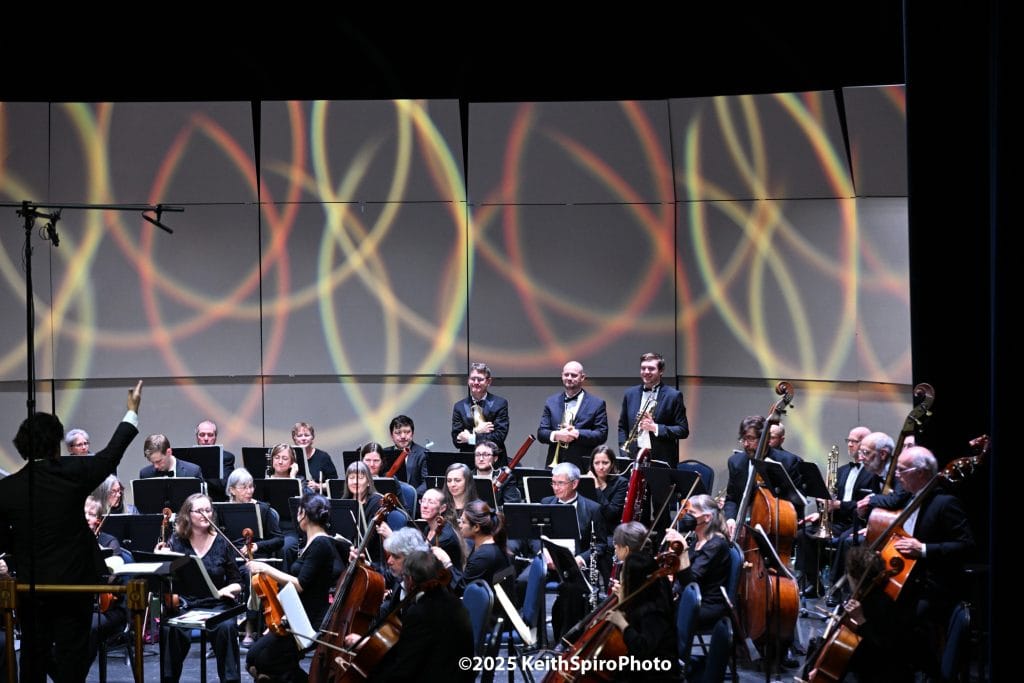
This eventually transitions to a lilting flute and horn solo with the strings section of the orchestra plucking in the background. This turns into a lilting waltz with the flutes intermittently trilling. They eventually drop into a false ending, signaling a stark transition into a more march-like section, building anticipation that turns into an energetic melody. The tune stays quick and lively while also being short and light, melding into a big dramatic section with a brass call-and-response. The whole tune ends with a big chaotic ending that was full of energy – a perfect way to conclude a concert.
A Unique Experience
All in all, this concert was a truly unique experience that I am so grateful to have been able to experience.
To Roger Kalia: I wish you all the best in the future and am sure that everyone at Symphony NH and the Nashua Center for the Arts will miss you.
To the orchestra: I am honestly astounded by your performance and wish to see more of your concerts in the future – the talent in all of you is very impressive and has inspired me in my own music work.
As someone in a musical group myself, the talent shown through this concert not only by the orchestra but also the conductor was astounding. If you would like to see concerts like this yourself, Symphony NH’s next concert at the Nashua Center for the Arts is on May 10th at 7:30pm and is called “Rhapsody in Blue”.
Morgan Losier is a student at Central High School and plays clarinet.
ABOUT THE INKLINK NEWS INKUBATOR PROGRAM
If you or your business would like to help grow these student opportunities, like Symphony New Hampshire does, please contact Keith@keithspiromedia.com, advisor/contributor InkLinkNews Arts and Culture.

The Inkubator program is aimed at nurturing and growing New Hampshire’s local journalism ecosystem – support for educators, opportunities for students and pathways for future journalists, artists and creators. And beyond that, we want to engage our community in this process because together, we rise. Click here to make a tax-deductible contribution to the Inkubator.


